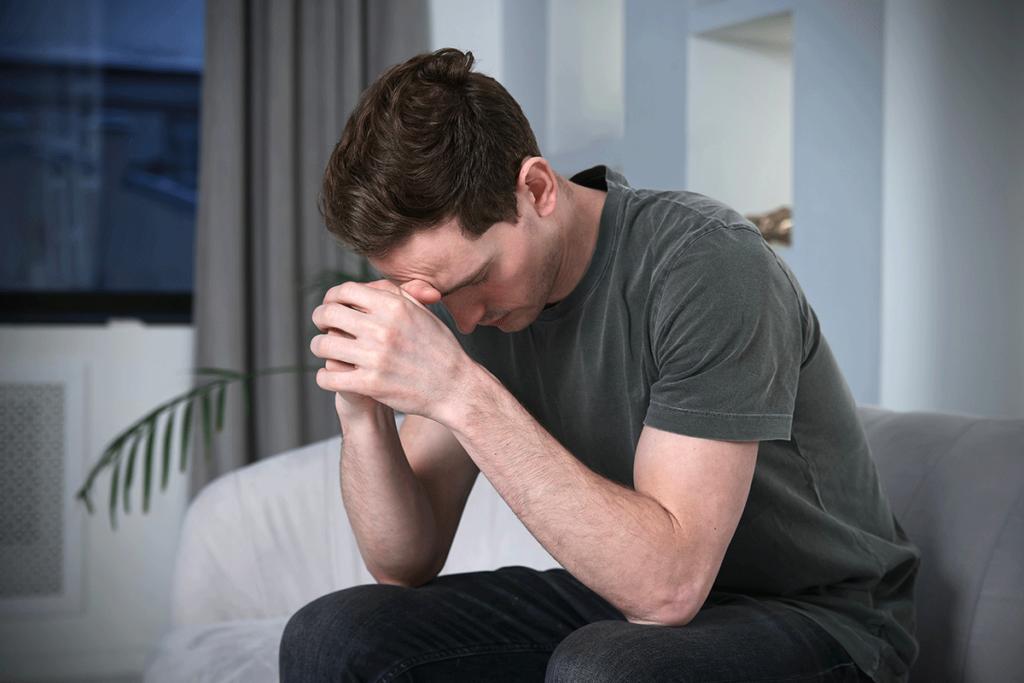If you frequently drink or take drugs, you may eventually need substance use treatment. Why? Excessive drug or alcohol use can trigger symptoms of substance use disorder (SUD). Proper treatment helps you recover from SUD. That’s true if your particular disorder includes drug or alcohol addiction. It’s also true if you’re impaired by substance abuse.
Not sure if you’re experiencing substance abuse signs or symptoms? Talk to the rehab specialists at Northpoint Colorado. We can help you identify the effects of SUD. We also feature the full range of rehab options for recovery from substance use disorder.
The 11 Official Symptoms of Substance Use Disorder
There is a set procedure for diagnosing SUDs. During this process, your doctor or addiction specialist looks for 11 official symptoms, including:
- Using a substance for longer periods of time or in larger amounts than you mean to
- Unsuccessfully trying to curb your substance use two or more times
- Needing larger and larger amounts of a given substance before it affects you
- Having powerful urges to keep using alcohol or drugs
- Developing a pattern of using drugs or drinking in physically dangerous situations
- Making drug- or alcohol-related activities the centerpiece of your day
- Changing your daily routine so you have more time to drink or use drugs
- Using a given substance in ways that leave you unable to meet important obligations
- Keeping up a level of substance use that you know has a damaging impact on you
- Not halting your alcohol or drug use after it leads to problems in your relationships
- Going through withdrawal when don’t drink or use drugs
Some of these symptoms of substance use point to non-addicted abuse. Others point to drug or alcohol addiction. In both cases, the same SUD diagnosis applies.
Signs of Substance Use Disorder vs. SUD Symptoms
You may hear experts refer to symptoms of substance use disorder. However, you may also hear them refer to signs of substance use disorder. What’s the difference between the two?
Substance use signs are typically visible to others. That’s true because they do such things as:
- Alter your daily behavior
- Lead to changes in your usual appearance
- Change both your behavior and your appearance
In the strictest sense, symptoms are internal and not easily visible to others. But for simplicity’s sake, this distinction is often abandoned.
What’s the Threshold for Diagnosing SUD?
How many substance use signs or symptoms must be present to diagnose SUD? If you have a single symptom, you’re in danger of developing the disorder. However, you still haven’t crossed the threshold for an official diagnosis. Things change if you have at least two signs or symptoms. In these circumstances, you do cross the SUD threshold.
But diagnosis is not complete at this stage. Your doctor or addiction specialist must then determine the exact number of problems affecting you. Why is this important?
An SUD can be mild, moderate, or severe. As a rule, you need more help for severe problems than for moderate problems. You also need more help for moderate problems than for mild problems.
Mild SUD is defined by two or three symptoms. Your SUD is moderate if you have four or five symptoms. A severe SUD has at least six symptoms.
Call Northpoint Colorado for Substance Use Treatment Today
Have a drug or alcohol problem? If so, you may be diagnosed with SUD. Some symptoms of substance use disorder are addiction-related. However, some aren’t. You need help for an SUD whether or not addiction is present.
For more information on the potential symptoms of substance use, call Northpoint Colorado today at 888.231.1281 or use our online contact form. We also feature outpatient and residential SUD treatment. Our customized help supports both drug and alcohol recovery.




